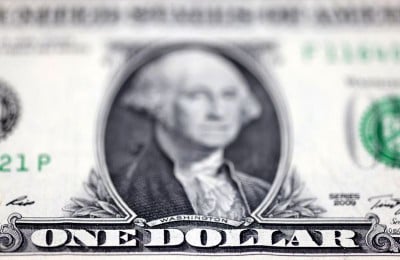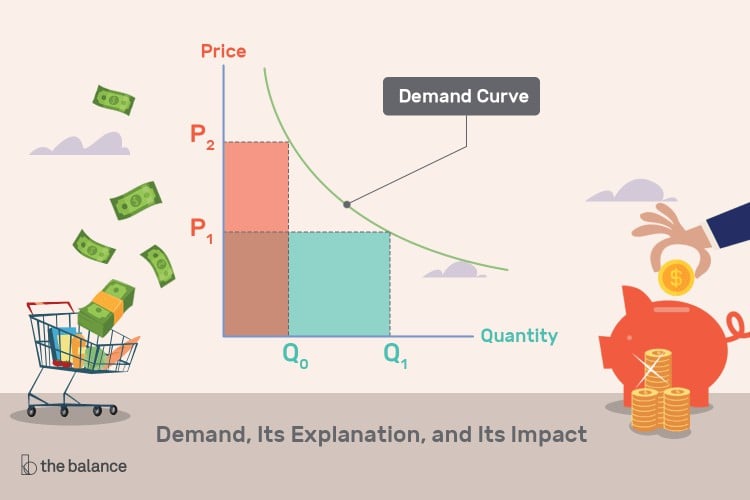What Is the Producer Price Index?

PhotoAttractive / Getty Images
The Producer Price Index measures the change in prices of goods and services when they leave the producer, whether they are sold to another producer or to a retailer.
Key Takeaways
- The Producer Price Index is a measure of prices of goods and services charged to other businesses. The researchers who compile it look at 10,000 different goods and services.
- Changes in the Producer Price Index usually signal upcoming changes in consumer prices. This makes it an important leading economic indicator.
- The Bureau of Labor Statistics calculates the PPI in the United States. PPIs are calculated in other countries and can be used to help determine global economic trends.
Definition and Example of the Producer Price Index
The Producer Price Index is a leading economic indicator of price changes in the overall economy. It measures changes in prices of goods when they leave the producer, whether they are sold to another producer or to a retailer. It includes both finished goods and raw materials.
Because it measures price changes before the goods are sold to a consumer, an increase in the Producer Price Index usually means there will soon be an increase in the Consumer Price Index. This is why it is considered to be a leading economic indicator.
To calculate the Producer Price Index in the United States, researchers from the Department of Labor’s Bureau of Labor Statistics (BLS) collect price data from producers. It looks at three different types of data: price changes in specific industries (currently tracking 535); price changes by specific types of commodities (about 10,000); and commodity-based final intermediate product demand.
- Acronym: PPI
The aggregation of these prices is the final demand index, which is reported monthly. This represents price changes from the producer perspective for goods and services that will be sold for the personal consumption of consumers, used in capital investment, sold to the government, or sold to people in other countries as exports.
How the Producer Price Index Works
The Producer Price Index measures both intermediate demand and final demand for producer goods.
Intermediate demand looks at the price of the commodity type and where it is in the production process. This way, the index calculation can track prices for services purchased by businesses as well as price movements for processed and unprocessed goods. The production flow component of intermediate demand looks at how prices change as a good flows through the various stages of production. This helps measure how price changes are transmitted through the production process.
Note
Due to the amount of data collected, researchers can look at price changes for specific industries as well as how they are affected by things such as fuel costs.
The BLS researchers are thorough. They calculate approximately 10,000 PPIs for different products and groups of products each month, giving economists a large set of data to analyze. The indexes cover almost all segments in the economy that produce goods, including mining, manufacturing, agriculture, natural gas, electricity, and construction. They also look at waste and scrap materials, as items that can be recycled or reused compete with newly-produced goods.
Although the PPI was designed to measure changes in goods’ prices, it includes information on the prices of most service sectors, including wholesale and retail trade, transportation, warehousing, information services, financial services, real estate, professional services, waste management, and health care.
Note
Over time, the goods and services included in the PPI change. If there aren’t enough businesses that report prices of a particular item, then the PPI for that item won’t be published.
The government uses the PPI to adjust other economic data for price changes. Likewise, many businesses use the PPI as an indication for price adjustments in long-term contracts.
An increase in the PPI usually means that inflation is on the way. Producers eventually will try to pass their cost increases on to consumers. A change in the PPI can signal a change in the Consumer Price Index.
Alternatives to the Producer Price Index
The Producer Price Index is not the only leading indicator of consumer price changes. Other measures include the Purchasing Managers Index, which looks at several factors that affect the manufacturing outlook. Prices for raw materials and intermediate goods are among the items included in the research.
Analysts who are interested in international price changes can look at PPIs calculated for other countries or groups of nations. The Organisation for Economic Cooperation and Development maintains data on global PPIs.
Want to read more content like this? Sign up for The Balance’s newsletter for daily insights, analysis, and financial tips, all delivered straight to your inbox every morning!







